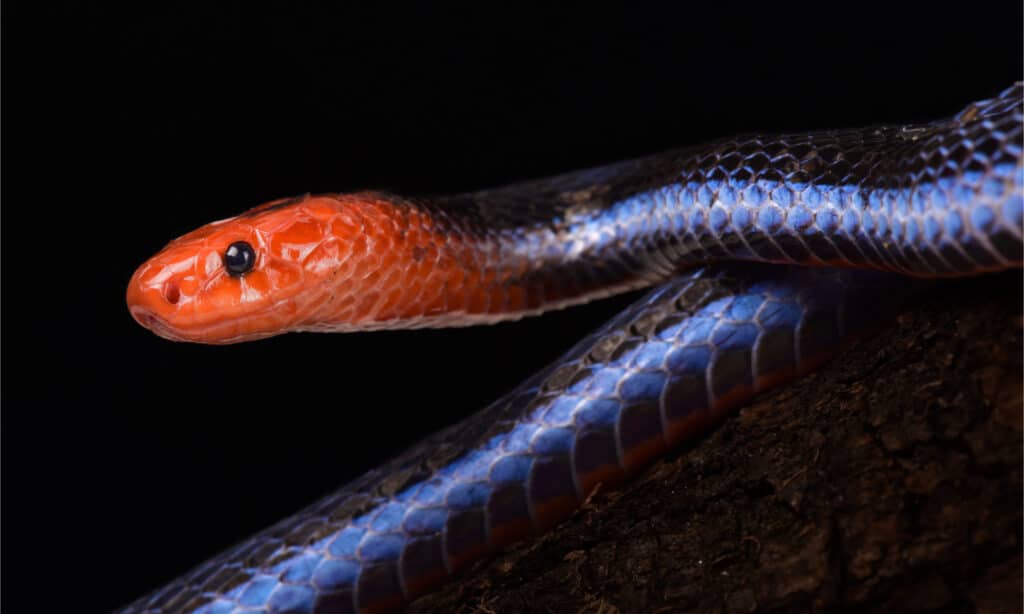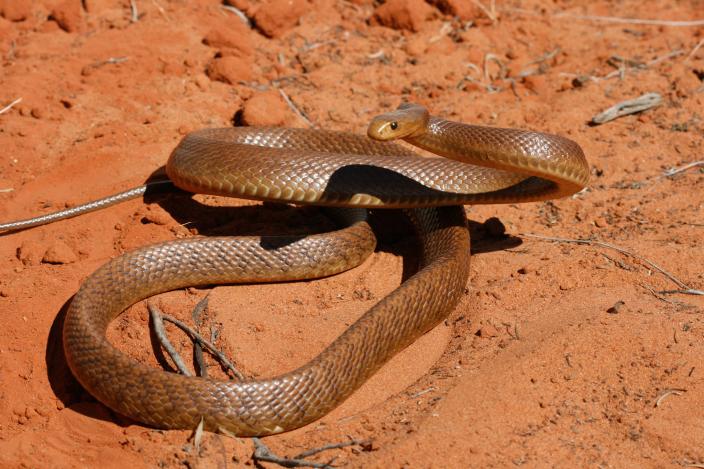Introduction
When it pertains to the fascinating world of serpents, couple of types catch the creativity quite like the child tiger serpent. Understood for their distinct coloration and powerful poison, these serpents are an indispensable component of Australia's distinct ecosystem. In this comprehensive write-up, we will look into numerous elements of baby tiger serpents, including their actions, habitat, and just how to securely interact with them. Whether you're a wild animals lover or black snake australia just curious about these creatures, understanding child tiger serpents can assist promote a deeper gratitude for nature.
Baby Tiger Snakes: What You Required to Know About Their Actions and Habitat
What Are Infant Tiger Snakes?
Baby tiger serpents are adolescent kinds of the extremely venomous varieties recognized clinically as Notechis scutatus These serpents are largely found in coastal areas of Australia, especially in Tasmania and southerly Victoria. As they grow, their coloration adjustments from a more low-key combination to the characteristic yellow and black bands that give them their name.
One significant element of infant tiger serpents is their size; hatchlings commonly determine around 25-30 centimeters in size. In spite of their tiny stature, they have an unexpected quantity of venom that can be harmful to human beings if bitten.
Physical Characteristics
Tiger serpents possess several crucial physical characteristics:
- Coloration: The distinct banding pattern often comes to be a lot more noticable as they mature. Size: Grownups can get to sizes of as much as 2 meters. Body Shape: They have a robust body that helps in swimming and earthbound movement.
Where Do Child Tiger Snakes Live? Recognizing Their Habitat
Understanding the environment preferences of baby tiger snakes is vital for both conservation efforts and public safety and security. These serpents flourish in numerous settings:

- Wetlands: Marshes and swamps supply ample searching grounds. Coastal Regions: Frequently found near coastlines where they can quest for prey. Woodlands: Thick vegetation provides cover from predators.
Geographical Distribution
Tiger snakes are primarily found along Australia's southern coastline, including:
- Tasmania: Home to among the most notorious populations. Victoria: Particularly in areas near water bodies.
Are Tiger Snakes Venomous? A Deep Dive into Their Venom
One common question emerges when talking about infant tiger snakes: "Are tiger snakes poisonous?" The solution is a definite yes!
Venom Composition
The poison of tiger serpents has neurotoxins that can create paralysis, coagulopathy (blood clotting problems), and possibly fatality if untreated. Right here's what you need to understand:

- Effects on Humans: A bite from a tiger snake can lead to signs like swelling, pain at the bite site, queasiness, and also respiratory failure.
Comparison with Various other Poisonous Snakes
In comparison to other Australian serpents such as the eastern brownish serpent or king brownish serpent, tiger snake venom is taken into consideration among the most potent. Nevertheless, deaths are uncommon due to improved medical therapies and accessibility to antivenom.
Behavioral Patterns of Child Tiger Snakes
Understanding just how infant tiger snakes behave is important for those who live in or check out areas where these reptiles are prevalent.
Nocturnal Habits
Most baby tiger snakes show nocturnal behavior. They tend to forage for food during cooler evening temperature levels. This flexibility aids them prevent killers while enhancing their searching efficiency.
Hunting Techniques
Their searching strategies include:
- Ambush Predation: Waiting still till target comes close. Active Foraging: Proactively relocating through plant life or along rivers searching for food.
First Help for Snake Bites: What You Must Know
Despite being remarkable creatures, experiences with baby tiger snakes can cause unsafe scenarios if attacks happen. Knowing first aid procedures can conserve lives.
Immediate Steps After a Bite
Remain calm; panic raises heart rate. Immobilize the influenced limb using a splint or bandage. Seek immediate medical interest-- antivenom may be necessary.Creating a Snake Bite First Aid Kit
A well-prepared emergency treatment kit must consist of:
|Product|Objective|| ------------------------------|--------------------------------------|| Compression plaster|To paralyze the arm or leg|| Splint|Stabilizes damaged bones or joints|| Antihistamines|Reduces allergic reactions|| Emergency situation call numbers|Quick gain access to throughout emergencies|
Common Myths Regarding Tiger Snakes Debunked
Many myths border these intriguing Go to the website reptiles; let's clear up some mistaken beliefs frequently held by people.

Myth # 1: All Tiger Snakes Are Aggressive
While some individuals may display protective behaviors when endangered, not all tiger snakes screen hostility towards humans unless provoked.
Myth # 2: Baby Tiger Snakes Are Much Less Dangerous Than Adults
This misconception can not http://riverjrdu609.fotosdefrases.com/how-to-securely-observe-tiger-snakes-in-their-natural-environment be even more from the fact! Child tiger serpents include almost as much venom as grownups relative to their dimension; hence they pose considerable dangers if bitten.
FAQs About Infant Tiger Snakes
What do infant tiger snakes eat?- They mainly eat little animals, birds, frogs, and fish.
- Look for slim bodies with faint banding patterns that become much more pronounced as they mature.
- Yes! Birds of victim and bigger reptiles may target them.
- Typically every few weeks as they proliferate throughout their early life stages.
- While some individuals do keep them illegally without authorizations as a result of their dangerous nature; it's generally not recommended given their poisonous status.
- With punctual medical treatment-- consisting of antivenom-- the survival rate is high!
Conclusion
In recap, comprehending baby tiger snakes-- what they eat, where they live, exactly how they act-- can equip us with valuable understanding regarding these impressive yet unsafe animals. The relevance of education and learning surrounding first aid steps can not be overstated; recognizing just how to react efficiently after a bite could conserve lives while cultivating respect for our slinking neighbors within Australia's rich biodiversity range.
By appreciating these serpents' functions within communities-- and acknowledging possible risks-- we advertise coexistence rather than fear-based responses towards each other's presence in nature's grand tapestry! Whether you're a serious walker contemplating your following adventure or just interested about regional wildlife encounters near home-- this guide functions as your relied on reference factor on the enigmatic world populated by our friends-- the spectacular baby tiger snake!